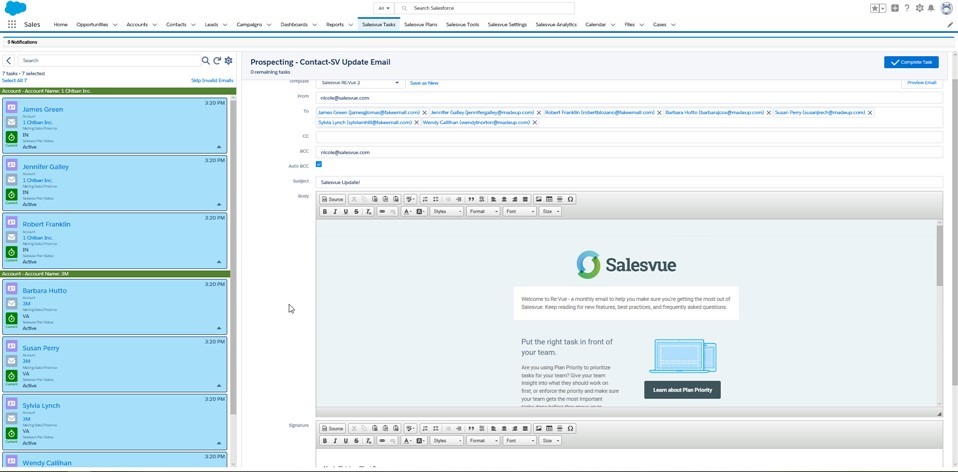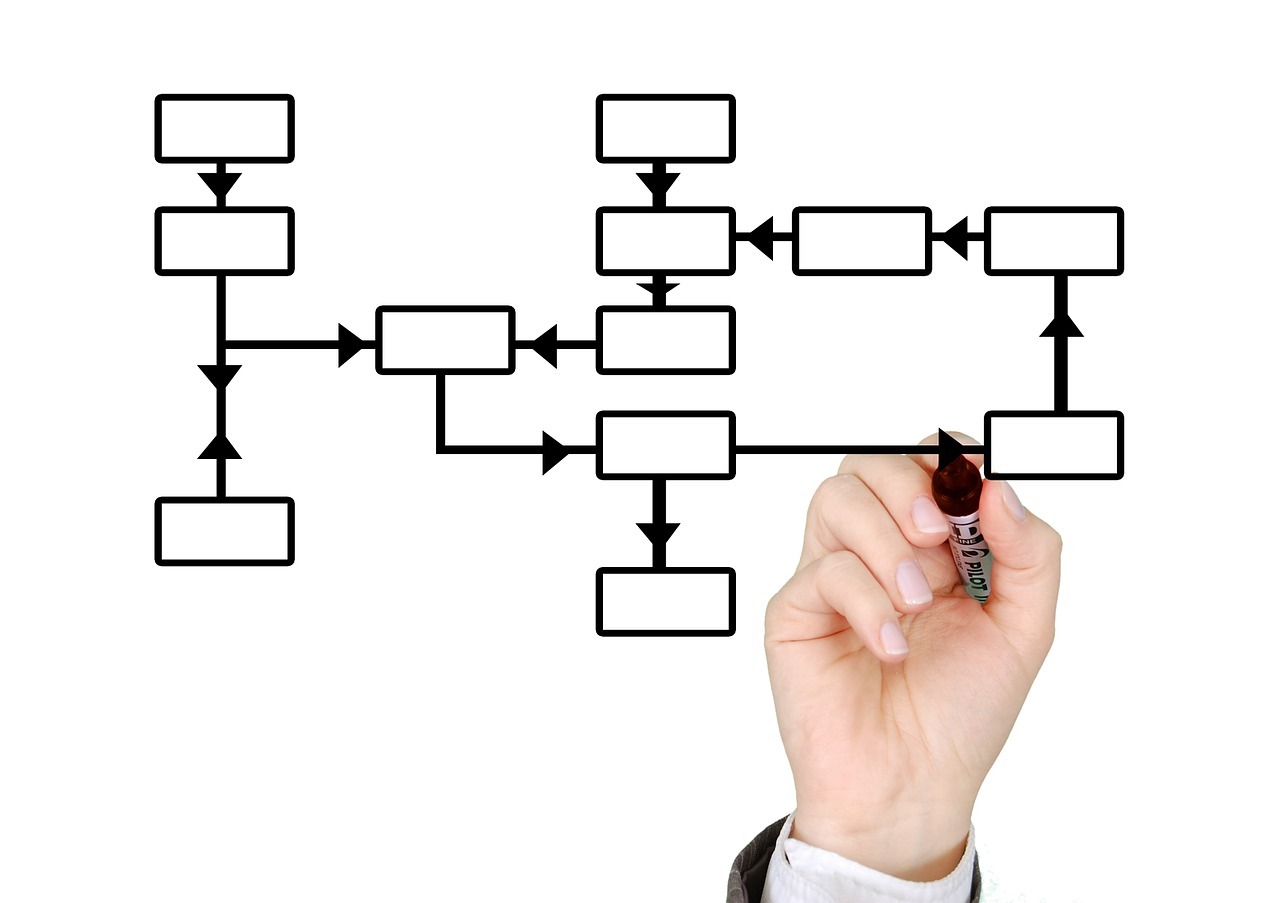Establishing best practices for Sales Reps is crucial to the success of an organization. Putting your best foot forward when initially engaging leads can make or break closing a deal. If you don’t have best practices or a way to measure activity, sales team members are all doing something different and it’s hard to track what is effective and repeat that success.
This is a common challenge for sales teams, in part because Sales Managers don’t have the tools to determine what the best practices are. With the right tools, analytics and reports, it is a less daunting task to establishing best practices to get your team operating at a high level.
1) Get the right Analytics
It all starts with analytics. Knowing what reps are doing and which reps are the most effective on your team will help you figure out how to repeat the success. In "3 Salesforce Reports Every Sales Manager Needs To Pay Attention To", it shows how using a Rep Activity Report enables Sales Managers to see how many activities it takes Reps to get conversations and how many conversations it takes to convert. With the ability to see what reps have the highest conversion percentage, a sales manager is able to go to that rep and discuss what they are saying and doing.
Rather than relying on anecdotal evidence, being able to actually have measurable data to point to, helps convince other reps that they will be using a tested methodology.

2) Phone Listening & Coaching
When it comes to reps actually getting on the phone and communicating with prospects, it’s in sales managers best interest to listen or sit in on calls from time to time. The earlier in the training and onboarding process the better. Ideally new sales reps will come into the organization with all the skills and product knowledge necessary to speak confidently, accurately and efficiently. That is generally not the case, so making sure the reps are prepared to ask the right questions, overcome objections and have the ability to speak to the prospect’s needs is paramount. Having quality conversations is just as, if not more important as having volume.
Four compelling stats noted in Sales Managers Are The Swiss Army Knives In Your Organization make the argument about training even stronger.
- 55% of the people making their living in sales don’t have the right skills to be successful.
- Continuous training gives 50% higher net sales per employee.
- The average company spends $10K – $15K hiring an individual and only $2K a year in sales training.
- It takes 10 months or more for a new sales rep to be fully productive.
Training employees periodically versus just at the beginning or when things are already going downhill will benefit your bottom line and your customers.

3) Email Templates
Email is increasingly important in today’s sales process. Most communication is done via email, so having the correct messaging for the situation seems like a natural thing to have readily available. When Sales Managers have the ability to create email templates for certain situations, it provides consistency and efficiency for sales reps when it comes to messaging. Taking the thought out of what message to send a prosepect at a certain stage in the sales cycle will not only save reps time, but also reduce human error, bad grammar and spelling errors.
How do you know what the proper messaging is? Refer back to the section on analytics. See what messages the top reps are sending and use those as a model for the rest of the team. See what times they are sending messages, how they reply to messages, etc.
AUTOMATE WORKFLOWS
By automating workflows and processes for reps, Sales Managers are able to take a lot of the guesswork out of “What do I do next?” Setting a structured cadence or sequence of events (based on best practices, established using previous methods) enables reps to get into a flow when engaging potential customers. This eliminates manual execution of command sequences subjected to human error.
There are many benefits to workflow automation mentioned in "10 Benefits of Salesforce Workflow Automation", many of which pertain to establishing and implementing best practices. By automating workflows, it forces Sales Managers to create a set of results and think about what the most common results from activities will be, thus preventing reps from having to think about how to log activities. The added benefit of this is that it allows consistency and more actionable analytics.
IMPLEMENTING BEST PRACTICES
Implementing best practices is a challenge for a few reasons:
- Reps are resistant to change when they have been doing things a certain way for a while.
- Adoption may be slow if there isn’t a way to implement change in a non-disruptive way.
- Not having a way to figure out what the best practices are.
- Time commitment it takes to implement change and holding people accountable to evolving.
Having the right tools for discovering and implementing best practices is key. Salesvue has solved those challenges with automated workflow plans, analytics and easy to read reports with our proprietary Math of Sales™ formula, email features including templates and phone features including the ability to listen and record calls.
Salesvue was built to increase rep productivity and efficiency by reducing mundane clickstreams, eliminating the need for manual data entry and taking the guesswork out of what comes next. Reps are no longer switching between multiple apps and screens because now they have it all in one platform. Our goal was to enable organizations to do more in less time by providing tools and the analytics to measure success.
Category
Tags
Subscribe to Funnel Vision
Get the latest and greatest right in your inbox






